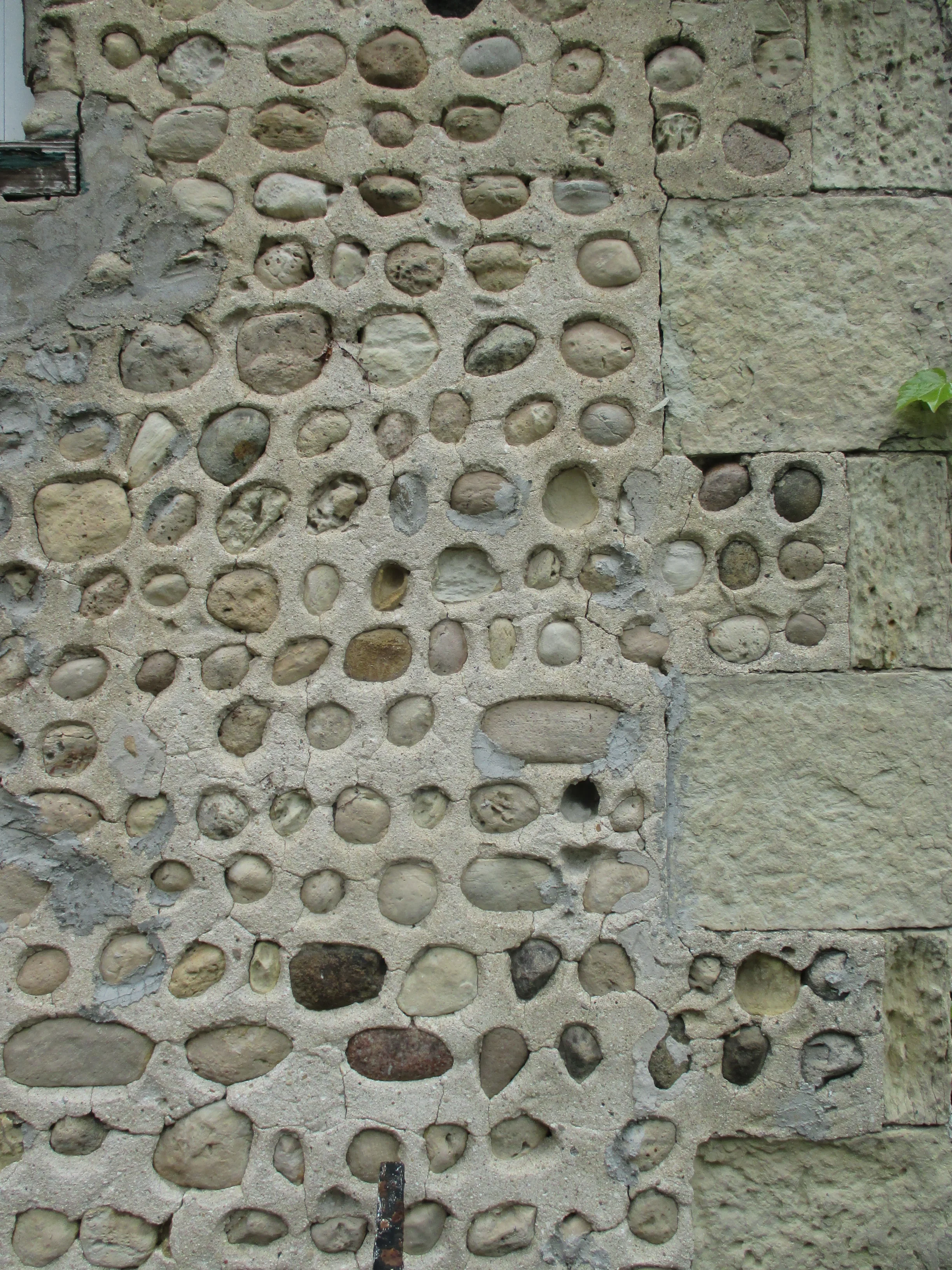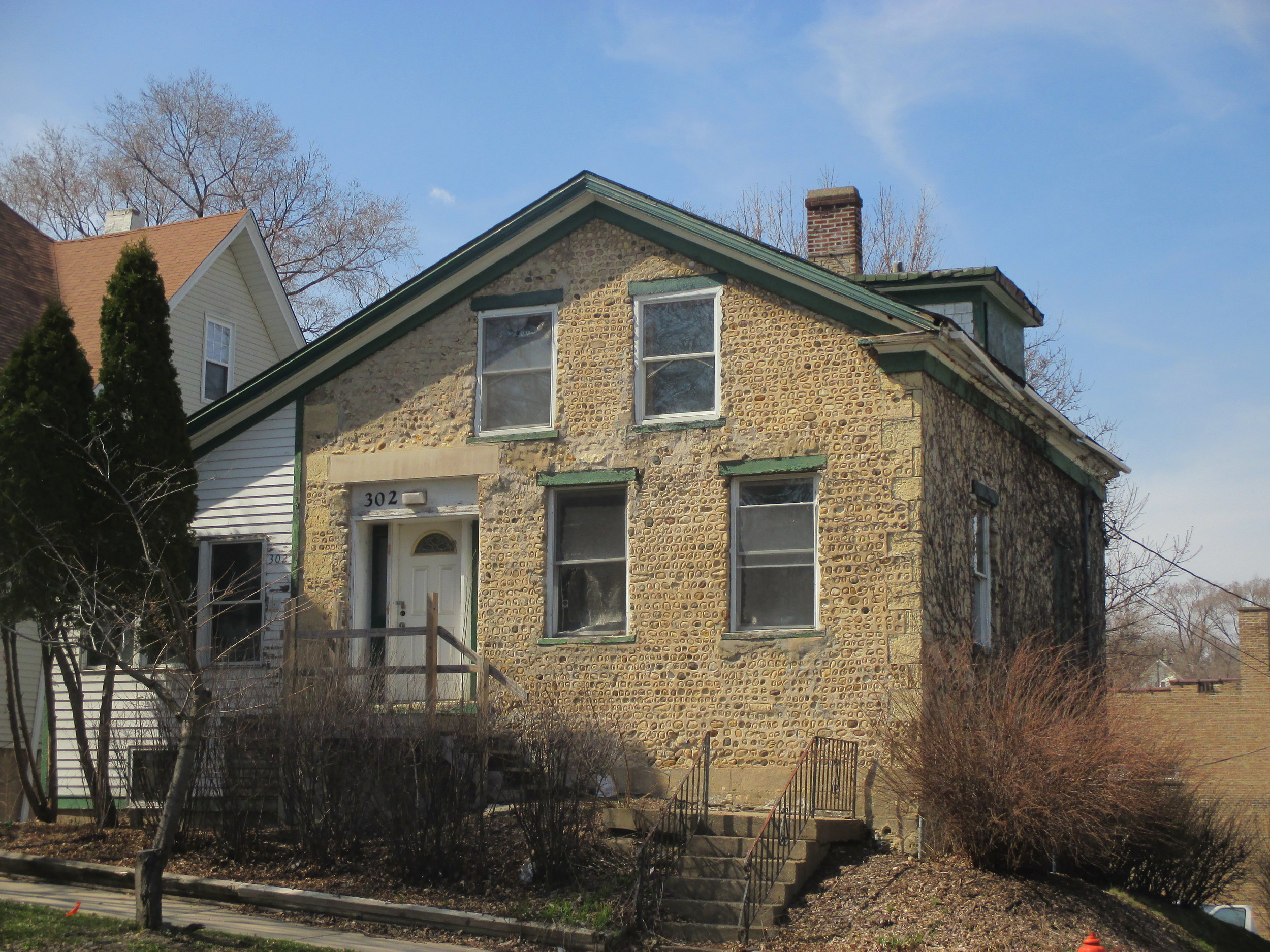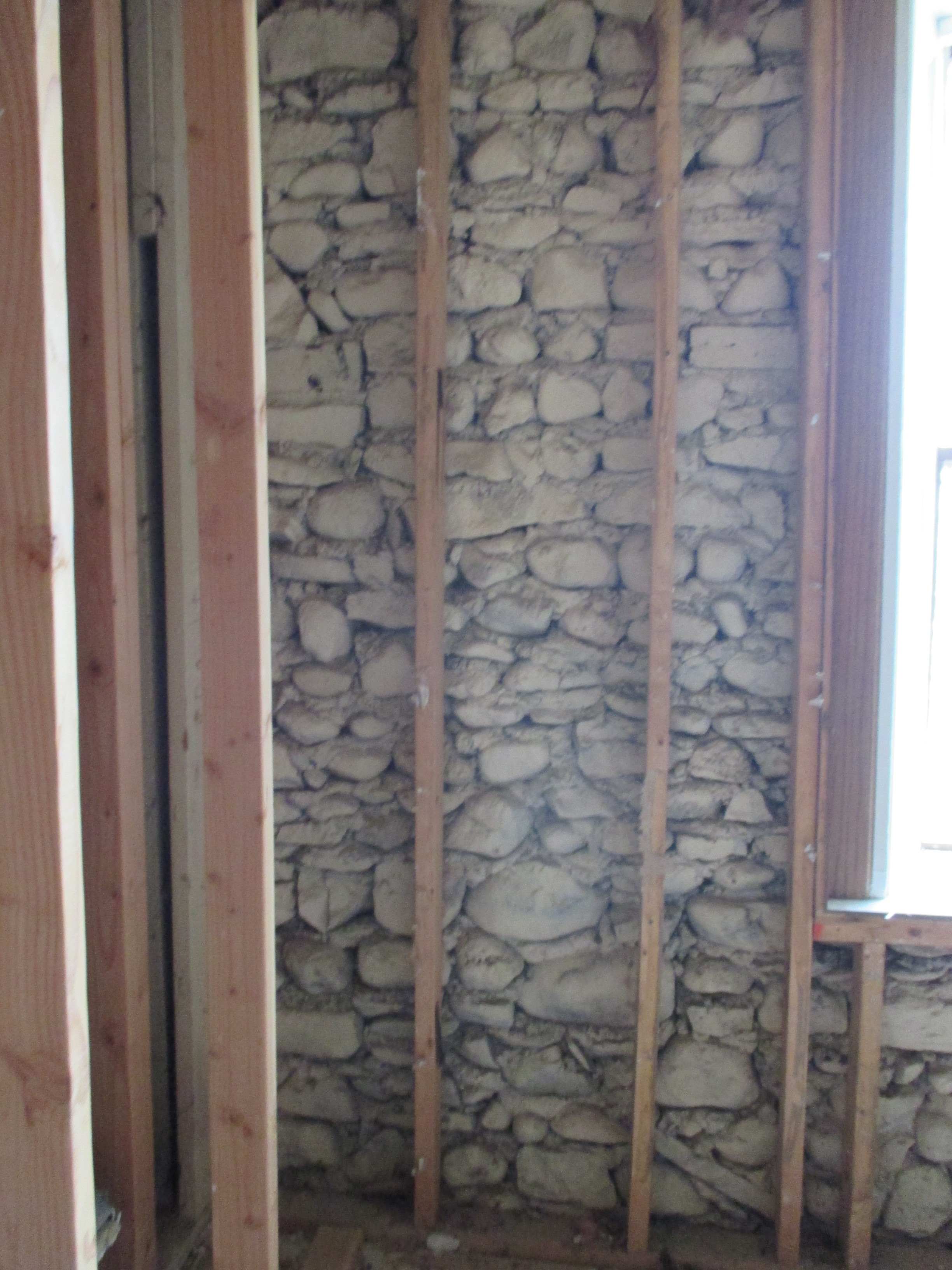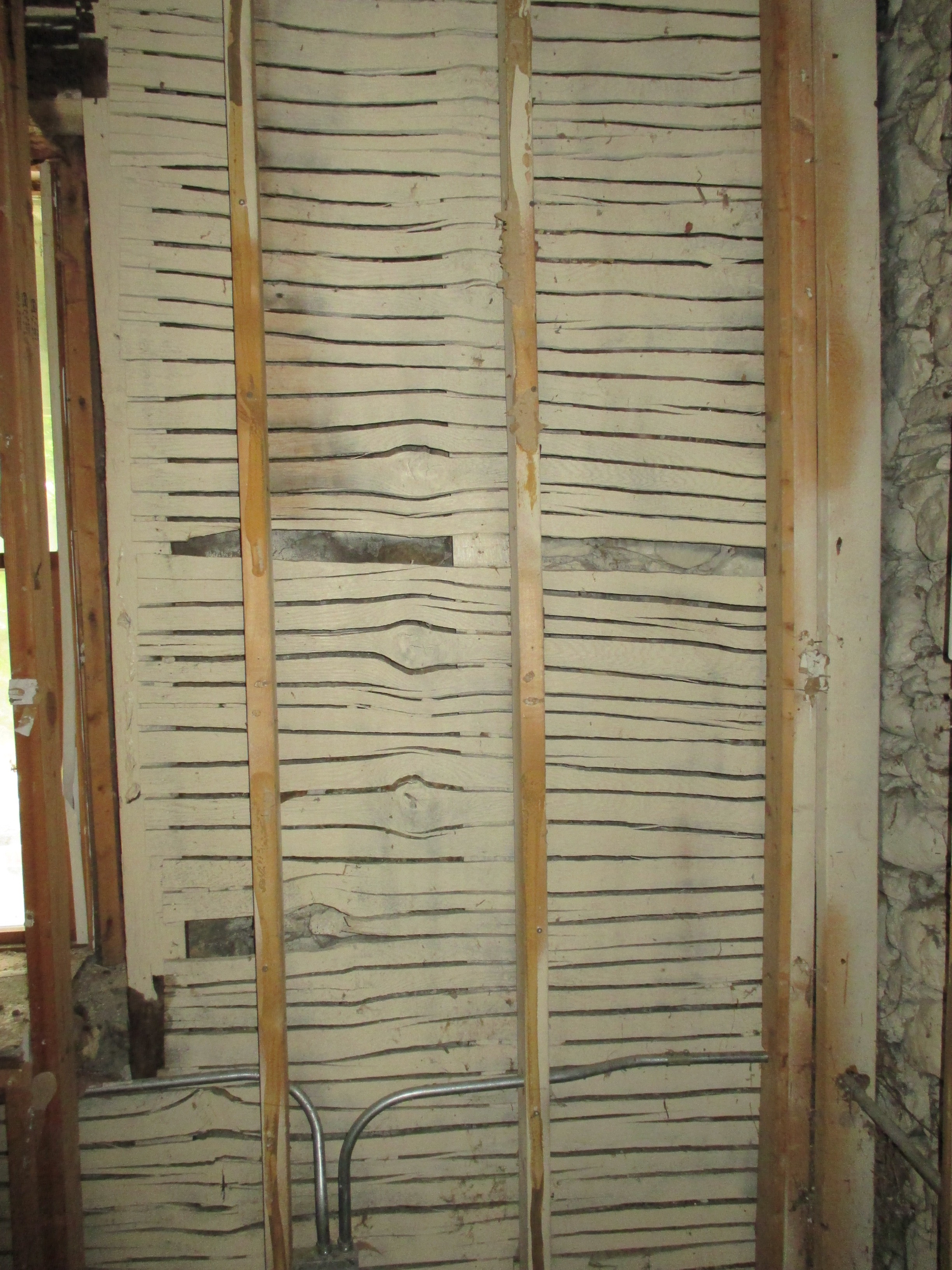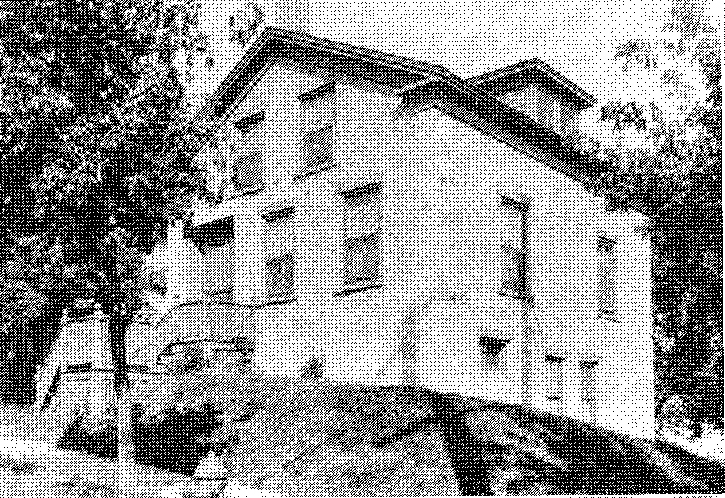302 W. CHICAGO STREET
HISTORIC SIGNIFICANCE
302 W. Chicago Street is known as the Nancy Currier Kimball home. Nancy was the matriarch of the Kimball family that settled Elgin's west side. Her husband, Joseph, died from cholera in Ohio on a trip back east to retrieve his family in 1835. Her sons, Samuel and William, who both became mayors of Elgin, had this home built for their mother in 1846. Often referred to as Elgin's oldest existing home, it is certainly the oldest on the west side.
The Kimball cobblestone is one of only 6 cobblestone structures remaining in Elgin. It is thought that Elgin has the largest number of cobblestone homes of any city west of New York State.
The had been converted to multiple apartment in the 1950's, had extensive fire damage in 1991, was a blight on the neighborhood, however, by 2009 when the City of Elgin bought it. The city planned to rehab the home for use in the resident officer program. However, the cost of the quotes received to repair it were prohibitive, so the decision was made to shelve the project. Earlier in 2016, the Elgin Area Historical Society came into an agreement with the City of Elgin to rehabilitate the building into a satellite museum.
ARCHITECTURAL SIGNIFICANCE
302 W. Chicago Street is considered one of the Romantic Houses displayed in the Greek Revival style and was a popular form of building design from 1825 through 1860. Characteristic elements associated with the Greek Revival style that can be found on 302 W. Chicago includes its low pitched, front-gabled roof with emphasized, wide cornice lines, and narrow transom and side lights incorporated into the front entry. The quoining at the corners are not typically associated with the Greek Revival style but that of the Georgian style and may have been a manifestation of the style due to the masonry material that was used.
What is most unique about 302 W. Chicago Street is its masonry. The building’s masonry is made up of cobblestones that are embedded in lime mortar. This was a common building construction at the time the Erie Canal was finished in 1825. The stones used were rounded in shape due to the deposits left by glaciers. Although this is a common building construction in New York, many took that tradition to the Midwest.
TIMELINE OF PREVIOUS OWNERS
Sources: Elgin History Museum, Audio: TextAloud
